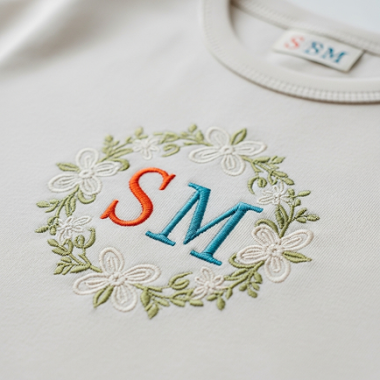The fashion industry, long celebrated for its creativity and glamour, is now grappling with a stark reality: its profound environmental and social impact. From resource-intensive production to mountains of textile waste, the traditional linear model of “take, make, dispose” is proving unsustainable. Consequently, sustainability has rapidly transitioned from a niche concern to the industry’s most pressing imperative. This isn’t just a trend; it’s a fundamental reimagining of how clothes are designed, produced, consumed, and ultimately, discarded.
The drive towards sustainability is multifaceted. It begins with raw materials. Designers are increasingly exploring eco-friendly alternatives to conventional cotton, polyester, and leather. This includes organic cotton, which minimizes pesticide use, and recycled materials, transforming plastic bottles and textile scraps into new fibers. Innovations like Tencel (lyocell), derived from sustainably sourced wood pulp with a closed-loop production process, offer further pathways to reduce environmental footprints. The focus extends to the dyeing process, notorious for its water pollution, with brands investing in waterless dyeing technologies and natural dyes.
Beyond materials, the spotlight is on ethical production practices. Consumers are more aware than ever of the conditions under which their clothes are made, demanding fair wages, safe working environments, and the absence of child labor. This has led to greater supply chain transparency, with brands striving to map every step of their production process and communicate it to their customers. Certifications from organizations like Fair Trade and GOTS (Global Organic Textile Standard) are becoming crucial benchmarks for ethical sourcing and manufacturing.
Furthermore, the industry is confronting the issue of textile waste. Fast fashion’s relentless cycle of cheap, disposable garments has led to overflowing landfills. The shift now is towards circularity. This means designing products with their end-of-life in mind, facilitating repair, reuse, and recycling. Brands are experimenting with take-back programs for worn garments, while technologies for fiber-to-fiber recycling are rapidly advancing. The concept of on-demand production is also gaining traction, aiming to reduce overproduction and minimize unsold inventory.
Consumer behavior is a critical piece of this puzzle. There’s a growing movement towards mindful consumption, encouraging consumers to buy less, choose higher quality, and care for their garments to extend their lifespan. The rise of the second-hand market and clothing rental services further underscores this shift, emphasizing access over ownership and reducing the demand for new production.
The sustainable revolution in fashion is an ongoing journey, fraught with challenges and requiring systemic change. However, the momentum is undeniable. Brands that embrace sustainable practices are not only mitigating their environmental impact but also building stronger connections with an increasingly conscious consumer base, proving that profitability and responsibility can, and must, coexist.



